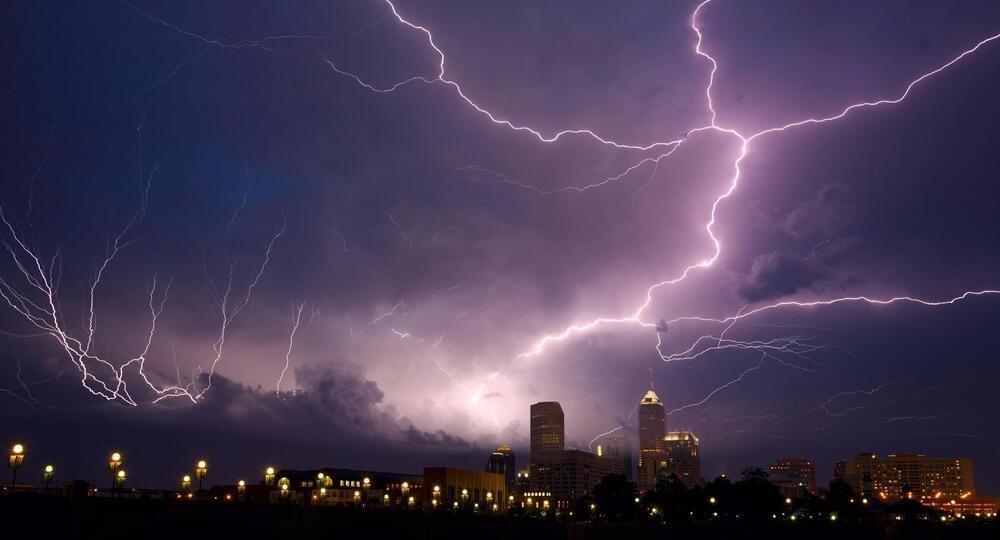Circa 2017
Lightning is one of Earth’s most energetic events, but there’s much more to it than just a flashing fork and the rumble of thunder. Lightning strikes have been known to generate gamma rays, and now a team of Japanese researchers has found that those bursts can create photonuclear reactions in the atmosphere, resulting in the production – and annihilation – of antimatter.
Bursts of gamma rays from lightning were first detected in 1,992 thanks to NASA’s Compton Gamma-ray Observatory. Since then, these Terrestrial Gamma-ray Flashes (TGF) have been studied intently, and the new research out of Kyoto University has found an unexpected cause of some of the signals.
“We already knew that thunderclouds and lightning emit gamma rays, and hypothesized that they would react in some way with the nuclei of environmental elements in the atmosphere,” says Teruaki Enoto, lead researcher on the project. “In winter, Japan’s western coastal area is ideal for observing powerful lightning and thunderstorms. So, in 2015 we started building a series of small gamma-ray detectors, and placed them in various locations along the coast.”









Comments are closed.